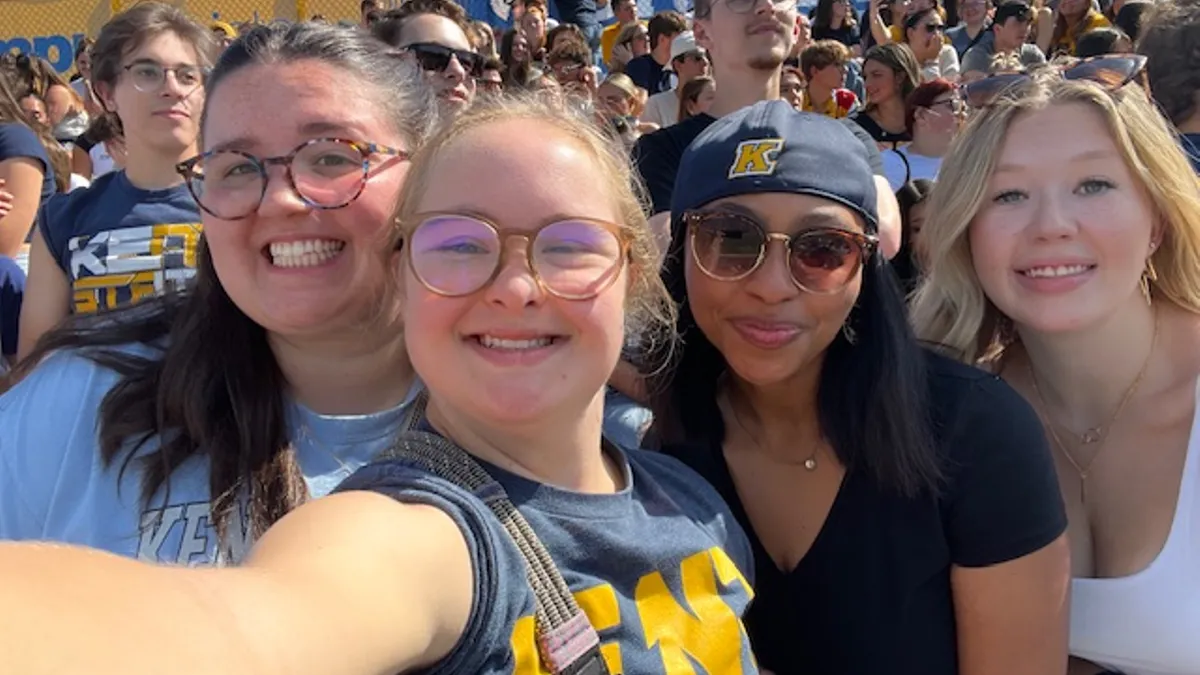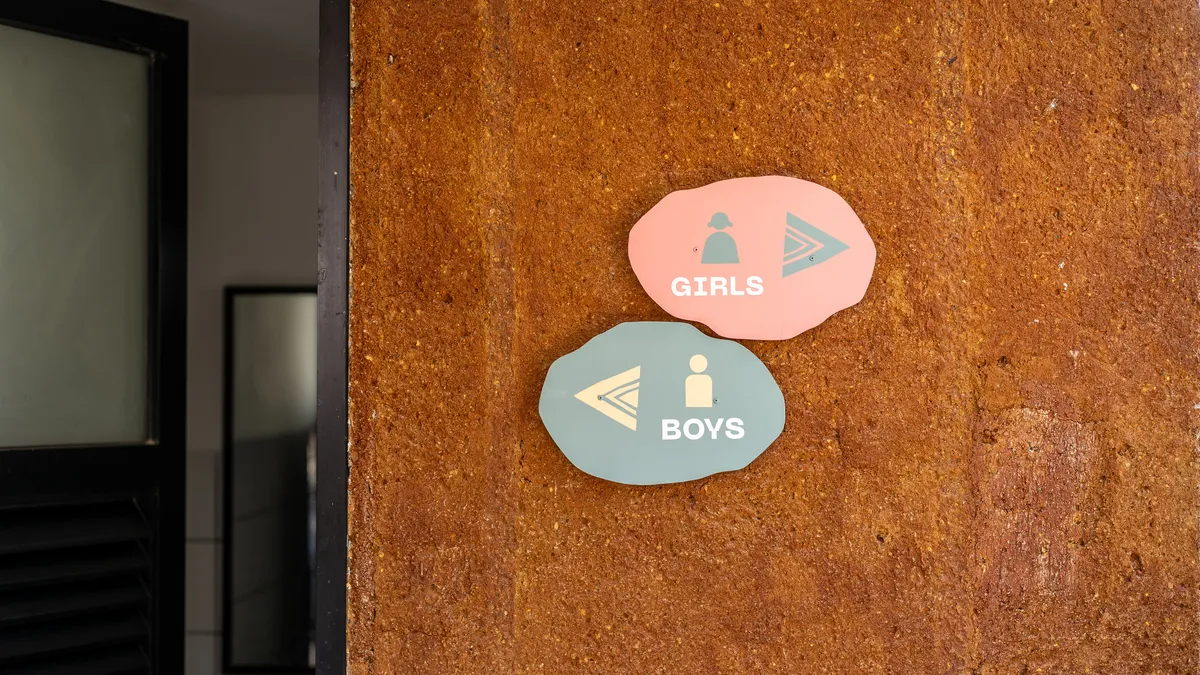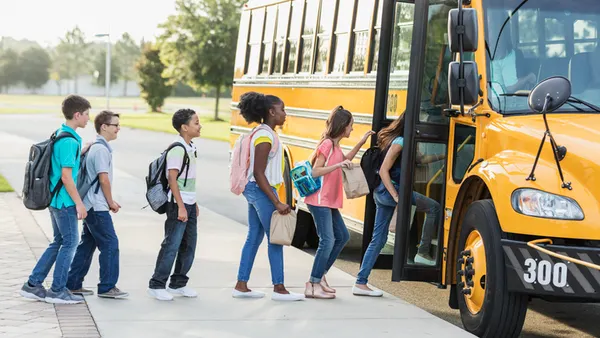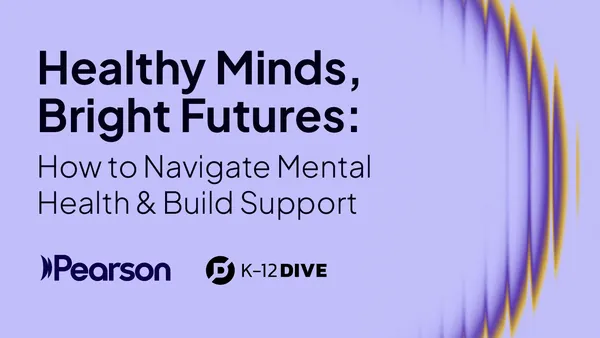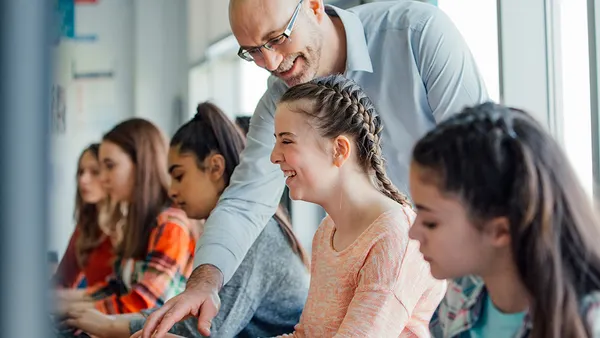Dive Brief:
- Research has found that feedback can help teachers improve instruction, but that much of the feedback they receive is still very surface level, according to Miriam Greenberg, the director of education at the Center for Education Policy Research at Harvard University.
- Much of that comes from a focus on ranking teachers according to accountability measures, rather than on supporting their improvement.
- Administrators can help correct that by asking teachers to identify great feedback givers and giving those people room to train others, as well as gathering detailed teacher satisfaction data.
Dive Insight:
As more states implement new high-stakes accountability systems, many include more classroom check-ins and observations. Those observations are typically conducted by the educator's principal. They're meant, at least in part, to provide teachers with more helpful feedback on their instruction so they can improve.
But as the Education Week article points out, more feedback isn’t necessarily better feedback, and much of the training focuses on the delicate art of observation as opposed to giving tips to improve. Other tips Greenberg shares include encouraging teachers to videotape their lessons or recording check-ins between observers and teachers so administrators understand what’s going on. Tapes of check-ins can also be used to help observers improve, to give school leaders a sense of what kind of feedback works, and to make sure all teachers are getting helpful feedback.


